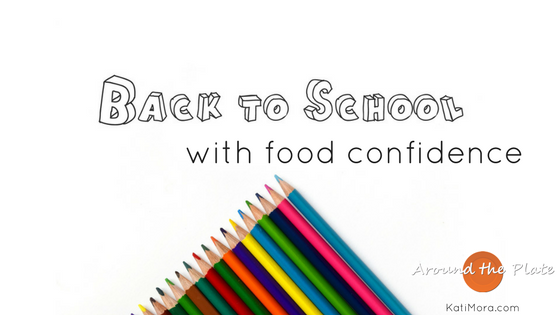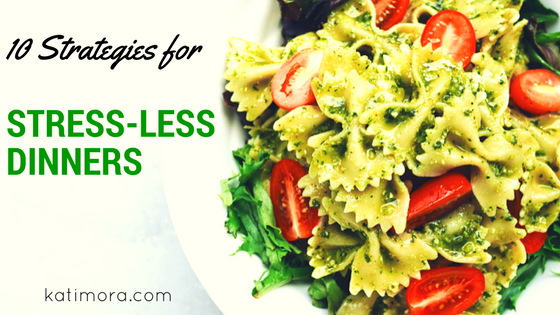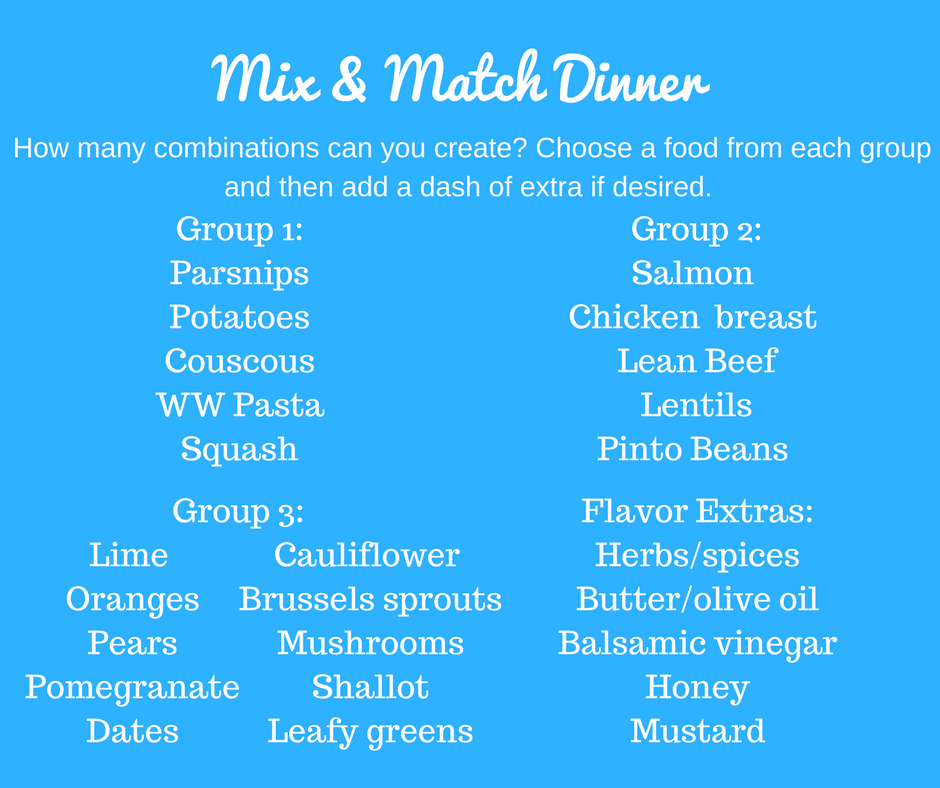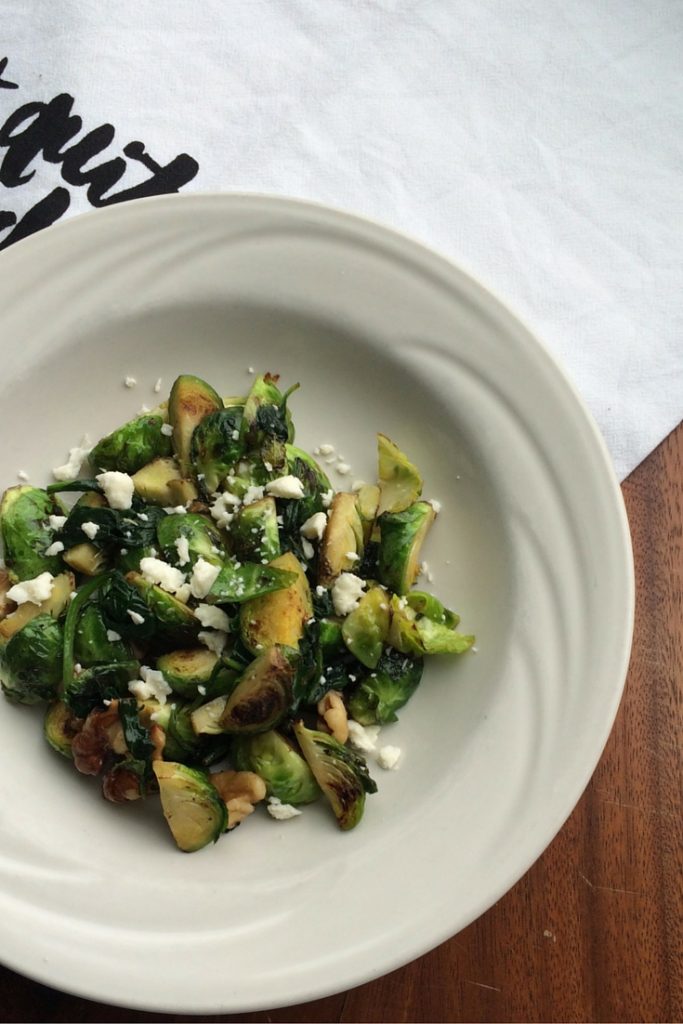Thanks Wise Apple for sending me a complimentary week of meals for my family and me to try!
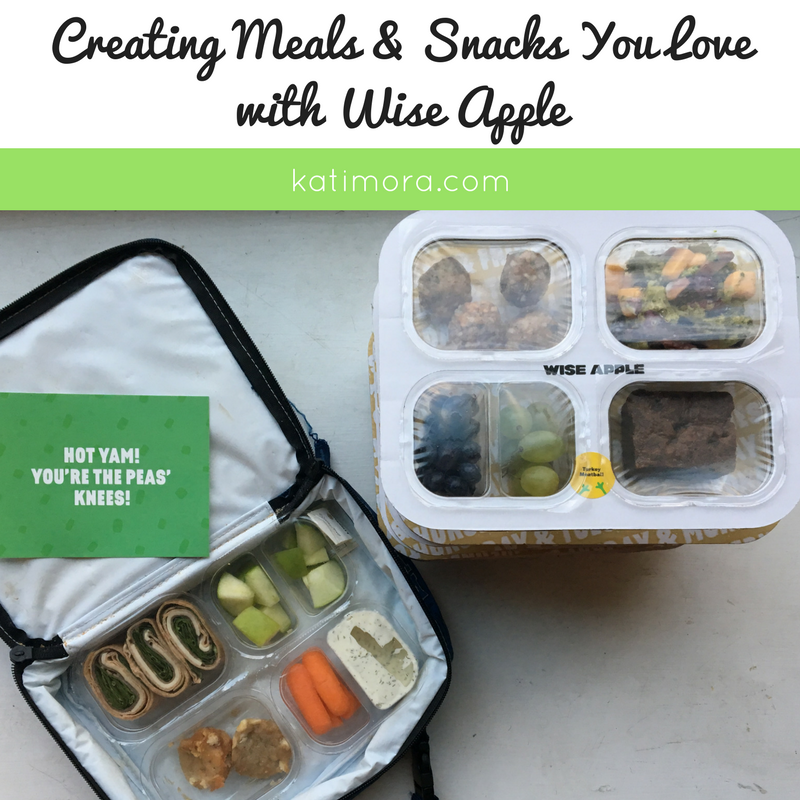
Now that we’re back into the school routine, you, like me, may be ready to mix up your kids’ school lunch and snack options. How to do that you ask? Well…
How to mix up your kids’ school lunch and snack routine:
- Do an internet search for kid-friendly recipes or school lunch ideas
- Switch to hot lunch for a week if your kids regularly take a packed lunch or vice versa
- Take your kids with you to the grocery store to pick out a few new foods they would like to try
- Consider signing up for a meal delivery service like Wise Apple
My family and I got the opportunity to try Wise Apple recently and we loved it. Not only did it give my kids some new food options to try, but I loved that it kept meal prepping in the morning super easy.
Fast Facts about Wise Apple
- You can select 5, 8, or 12 meals to be delivered at a time
- Meals are all pre-approved by the Wise Apple registered dietitian and include a protein, vegetable, fruit and a sweet treat.
- Lunches are designed with children ages 4-8 in mind
- All food options are ready-to-eat; no microwave required!
- The packaging is recyclable (you can learn more about how to recycle it here)
- You can mix and match your meals OR re-purpose parts of the meals for school snacks as well
- The Wise Apple team is passionate about offering locally sourced and organic options as much as possible if this is a food value that matters to you and your family
- Cost ranges between $6.50 to $6.99 per meal
Our family appreciated mixing up our routine with Wise Apple and found that it fit well into our approach towards making meals and snacks work for all members of our family. You see, we’re dedicated to creating meals we love, that support the everyday function of our bodies, and allow each of us to become more confident eaters at the table.
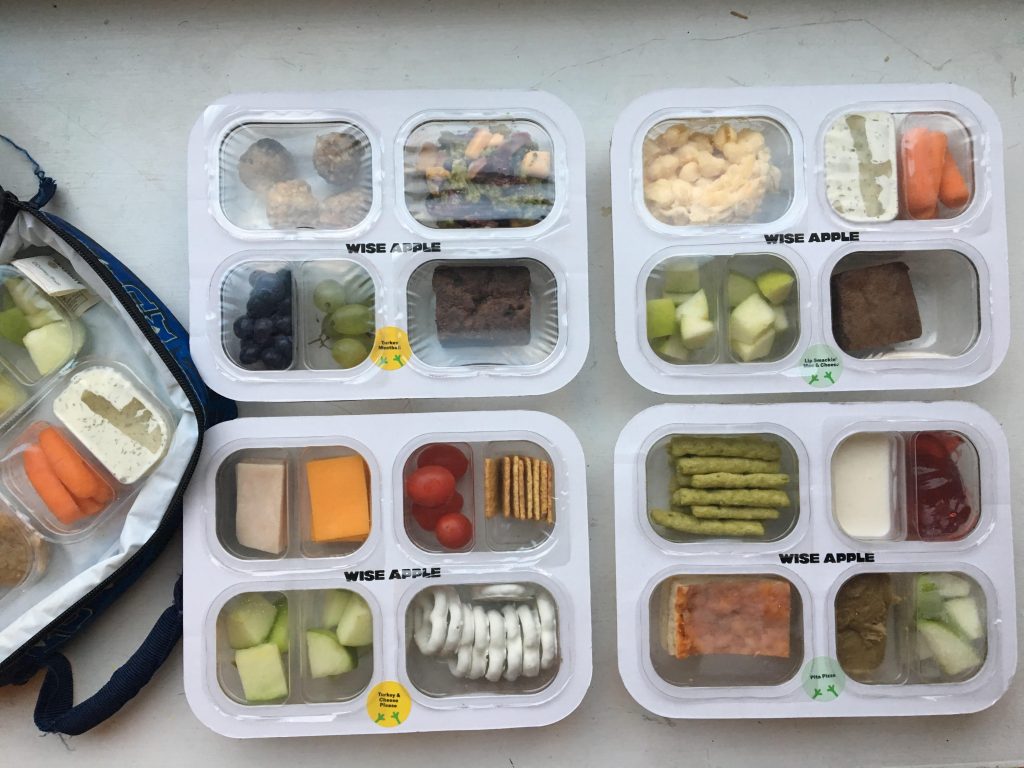
If you’re looking to embrace a similar approach towards meals and snacks, here are a few practical steps to make the most of each eating opportunity for you and your family:
Build up from your food group basics. Each meal or snack opportunity you have will come with food choices -what foods you choose to incorporate is up to you. I always like to encourage people to get started with their basic food groups – grains and starches, protein, fruits, vegetables and dairy. These foods tend to compliment each other well, providing both energy and a variety of nutrients needed for bodies to function properly.
Related: 3 Ingredient Bell Pepper and Hummus Flatbread
Plus, mixing and matching foods from your basic food categories can help keep things interesting without things getting overly complicated. Don’t forget to leave some room for some flavor enhancing fats and oils and fun foods too to maximize the fun and enjoyment of each eating experience.
Keep things familiar, but leave some room to grow. One of the greatest ways to support positive eating is to let new foods in from time to time. Not only does this help expand your family’s collective palate, but will give you additional foods and food combinations to work with so that you are continuously creating more dishes you and your family loves.
For kids in-particular, it may take some time to warm up to new food options. This is normal and it’s OK to ease into it. As you look to make the most of each eating opportunity, consider introducing new foods gradually, encouraging your kids be curious. And if they don’t try it on the first go around, you can rest easy knowing that they will at least eat the foods they are familiar with.
Allow for personal preference. Did you know that we all have innate hunger and fullness cues within us? It’s true BUT it’s rather easy to override these signals. Luckily, it is possible to reinforce them through the regular meals and snacks we have and provide. Although there are many ways we could go about this, recognizing that everyone at the table is in charge of what and how much they eat is an important first step.
Related: Ellyn Satter’s Division of Responsibility in Feeding
This might mean not finishing one food before moving on to the next or letting kids eat as much or as little of something as they want. Again, providing a diverse array of food options can help ensure that kids not only get a variety of nutrients at each eating opportunity as they jump from food to food, but can also allow nurture confidence at the table.
Although Wise Apple may be a little more costly than a traditional school lunch, I really do appreciate that their meals easily allow for families to support positive eating experiences. Food groups are easily identified, familiar foods are next to new foods to try, and they are easy to mix and match based on personal preferences that can change from day to day.
And bonus: the meals are all nut- and allergy-free, making them a safe option for other students who are enjoying their meals alongside my sons.
Want to give Wise Apple a try? Get started here and get $20 off your first order! or use code “katimora” at checkout.

